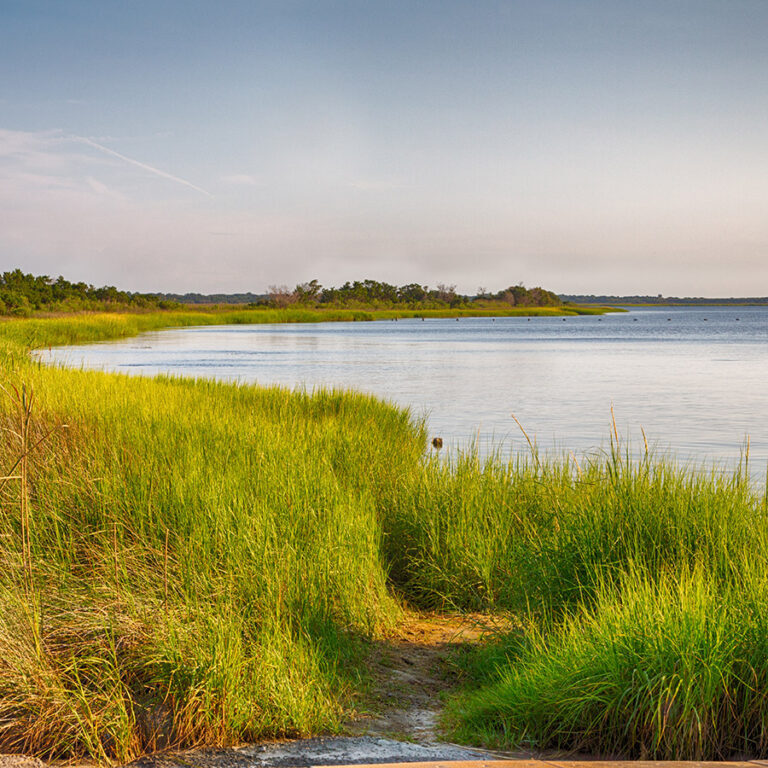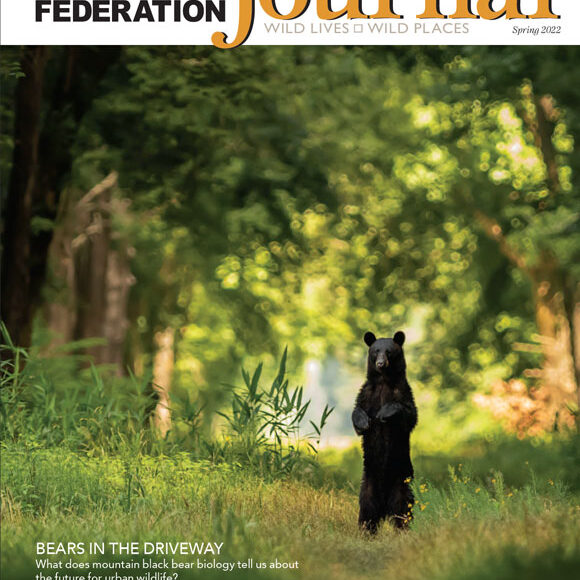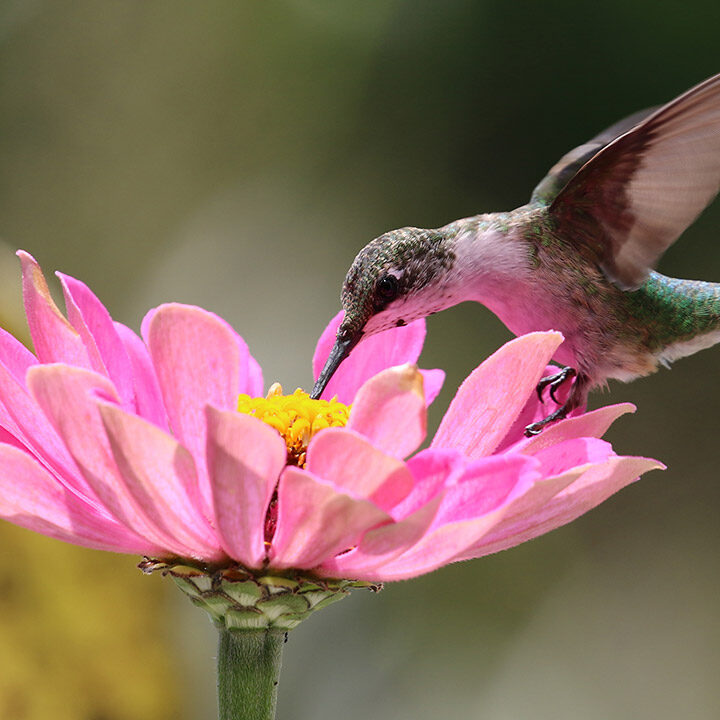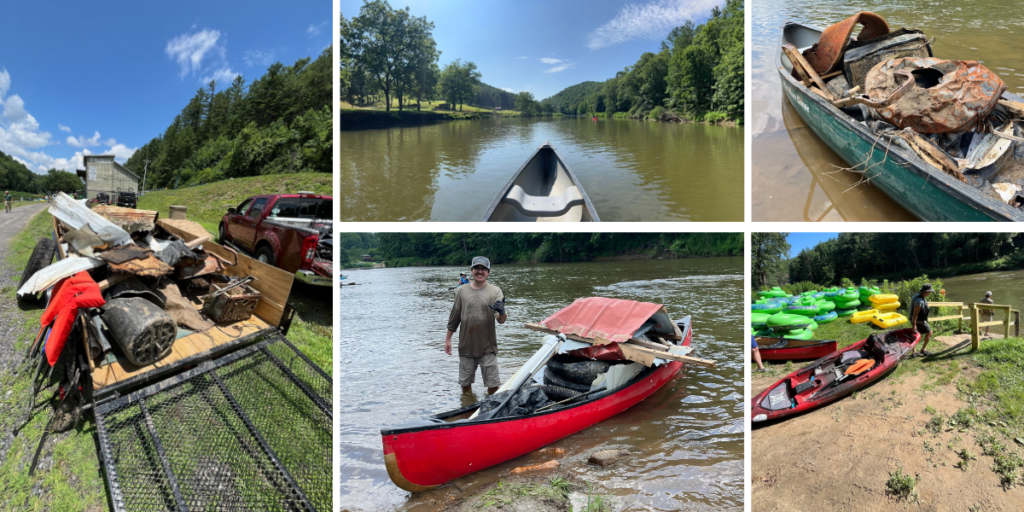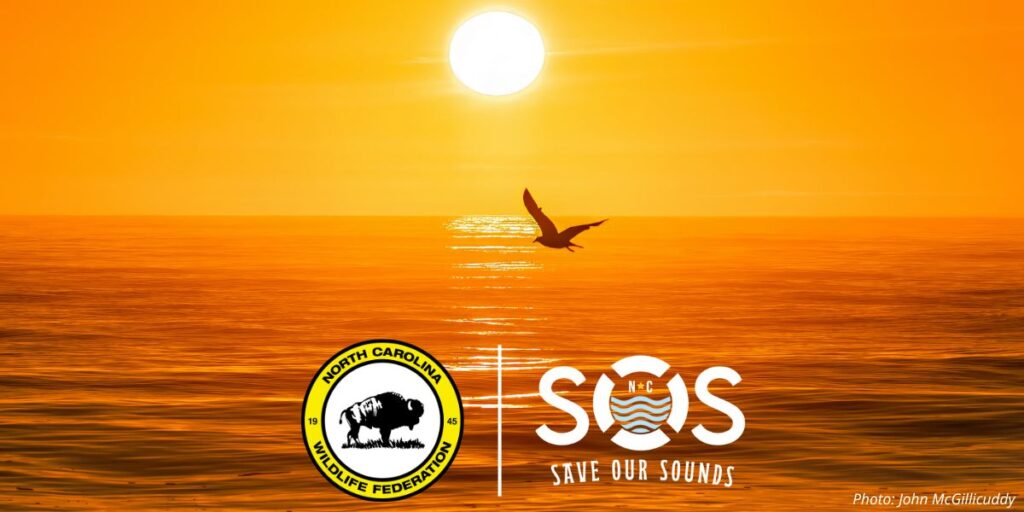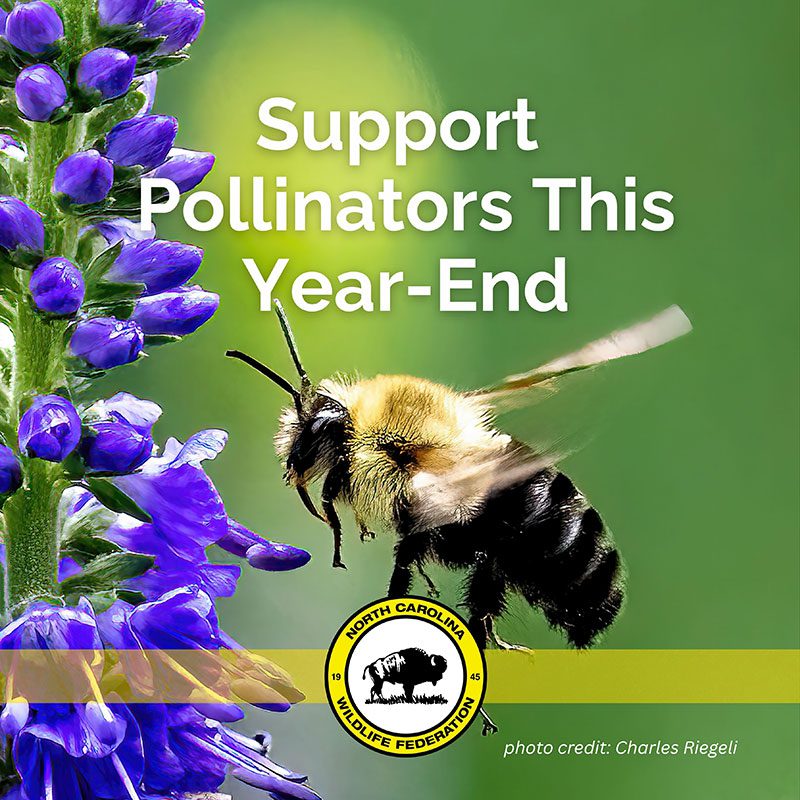Blogs & News
Photo by: Steve Genkins
NCWF Blog
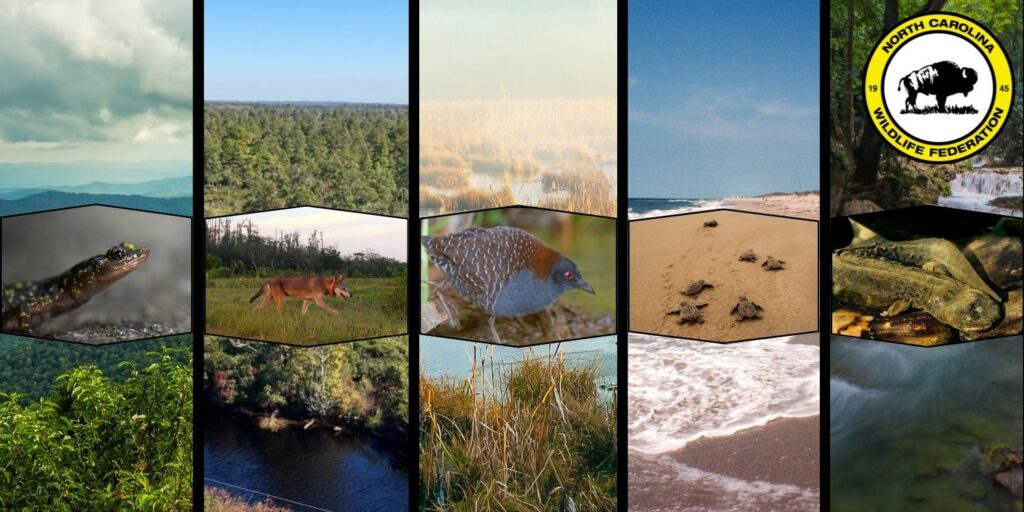
Wildlife on Public Lands: 7 Species That Rely on NC’s Parks, Forests, and Refuges
North Carolina is home to over five million acres of public land, comprising both state and federal properties. This means roughly 16% of the state’s land area is designated as…
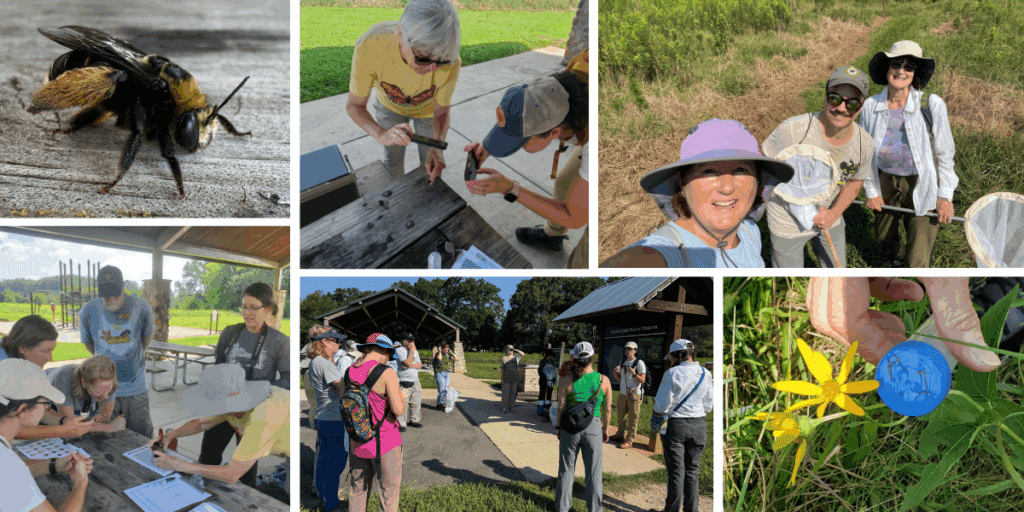
Thanks to Our Volunteers! – August 2025 Community Wildlife Chapter Updates
North Carolina Wildlife Federation staff and Community Wildlife Chapter volunteers opened their doors and went outside during the month of August. They connected people to the outdoors through a variety…
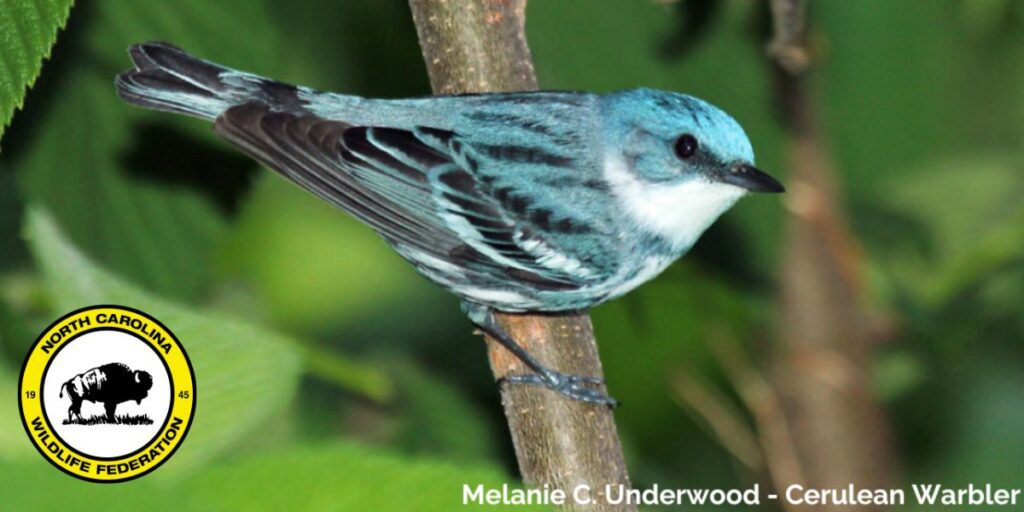
UPDATE! Cerulean Warbler and Avian Diversity Survey: A Successful Season in the Field
The North Carolina Wildlife Resources Commission (NCWRC) recently released the draft of the 2025 North Carolina State Wildlife Action Plan (SWAP)—a document that plays a foundational role in guiding wildlife…
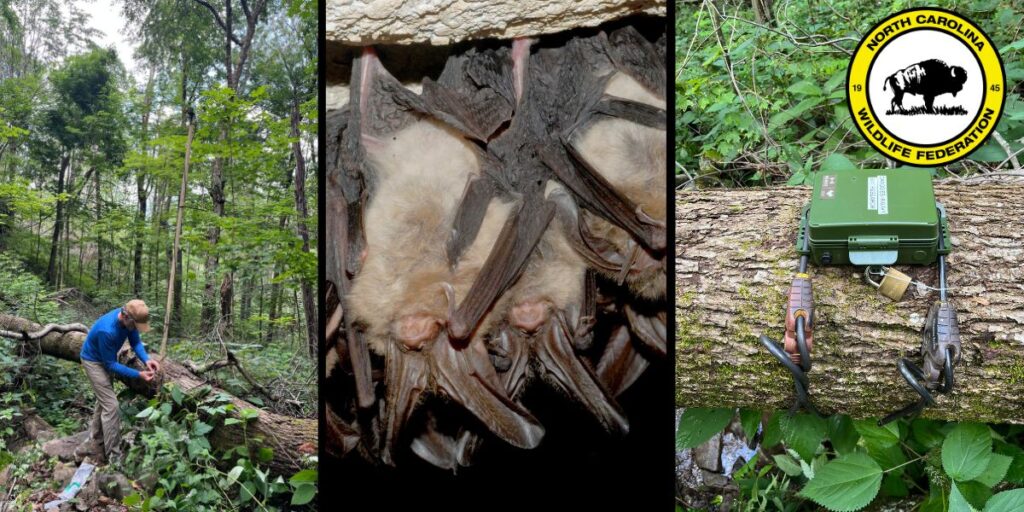
Batty about BATS – Exploring & Protecting North Carolina Bat Species
Bats are incredibly diverse and ecologically important creatures despite their reputation as being spooky or dangerous. They are often misunderstood and misrepresented in popular culture. To start, let’s debunk four…
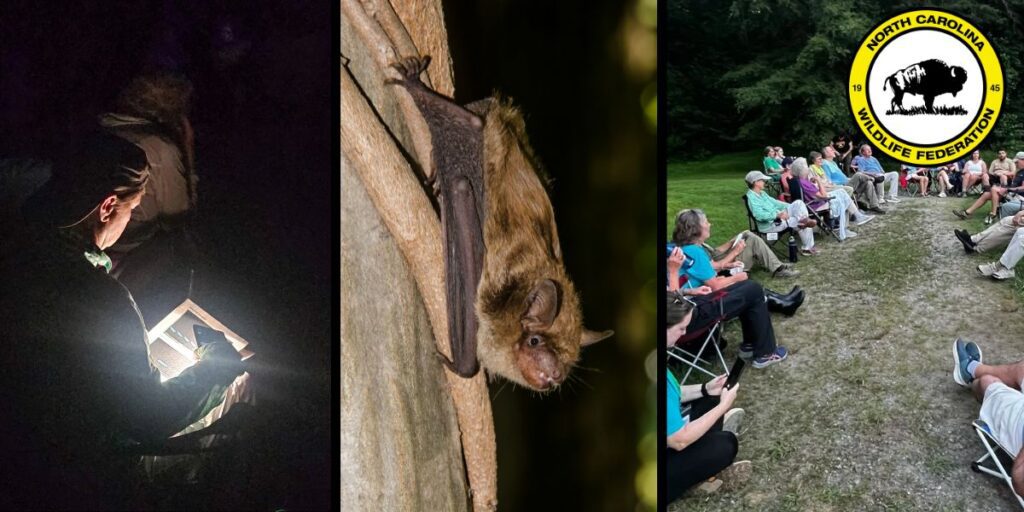
Life Above Us : A Night of Bat Discovery at Haw River State Park
A chorus of car doors, plastic folding chair legs clunking against one another and rubber soled hiking shoes scuffling about the pavement filled the Haw River State Park parking lot…
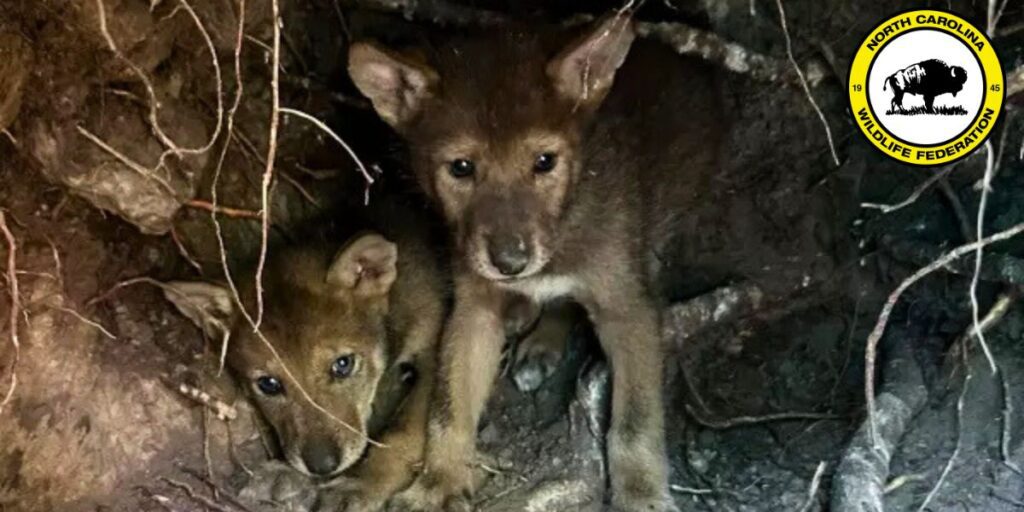
Good News For Red Wolves: USFWS Celebrates Successful Red Wolf Pup Season and More Updates
NCWF is excited to share the latest updates from the U.S. Fish and Wildlife Service’s Red Wolf Recovery Program, celebrating a successful pup season and continued conservation progress in eastern…
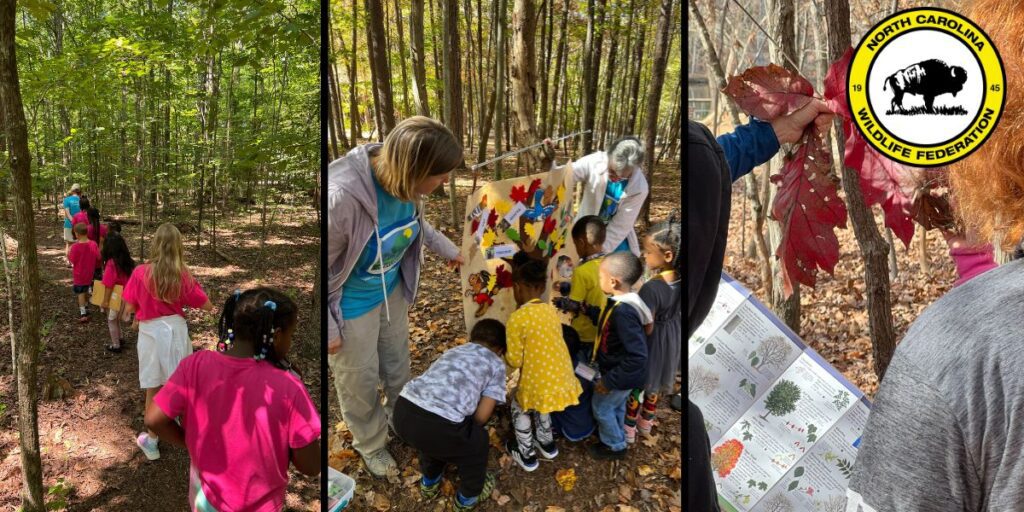
Into the Forest: How Great Outdoors University Connects Kids with the Wide World of Trees and the Wildlife They Host
At North Carolina Wildlife Federation’s Great Outdoors University (GoU), education doesn’t happen behind a desk. It happens under the canopy of towering oaks, beside fallen logs teeming with decomposer species,…
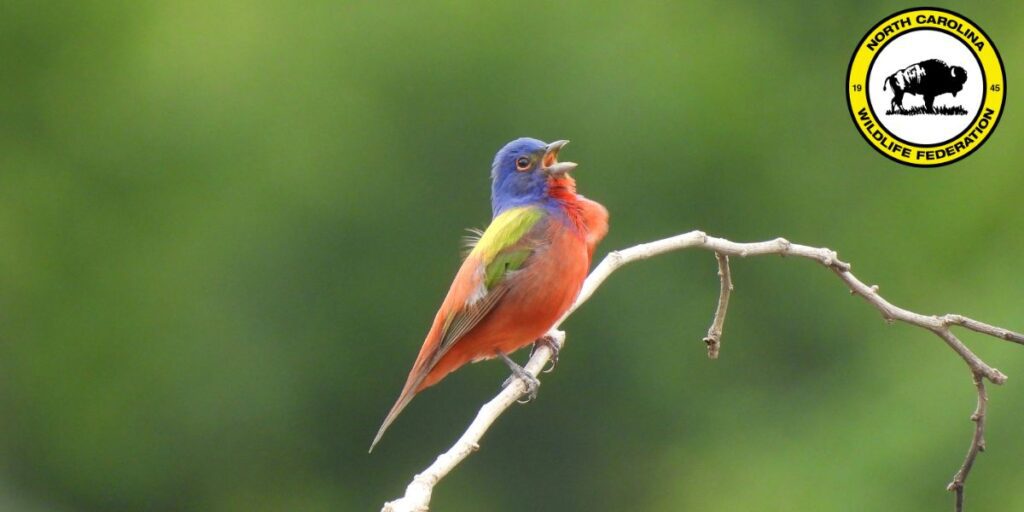
Singing in Color – Eastern Painted Buntings in North Carolina
Flitting through the coastal forests and shrublands of North Carolina is one of the region’s most striking songbirds—the Eastern painted bunting. With feathers as vivid as a sunrise, the Eastern…
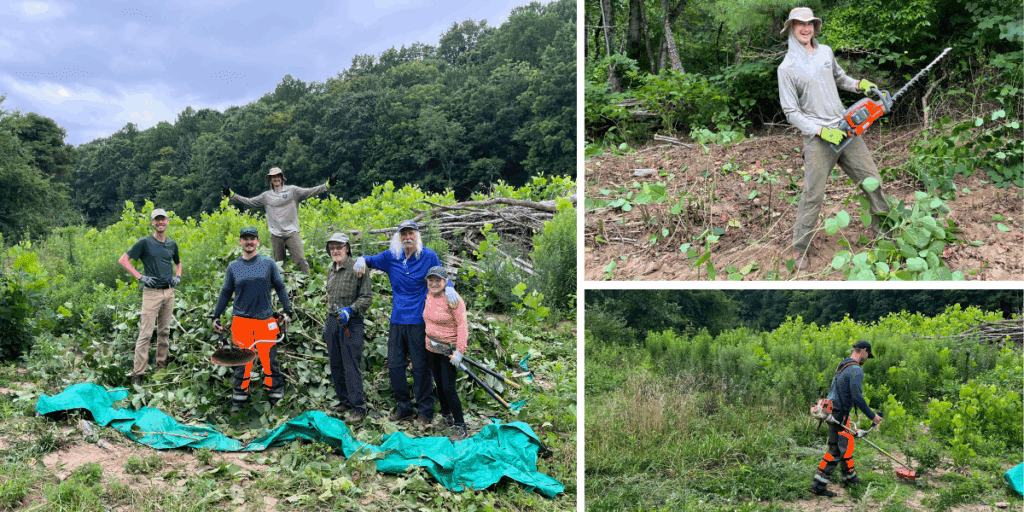
Thanks to Our Volunteers! – July 2025 Community Wildlife Chapter Updates
North Carolina Wildlife Federation staff and Community Wildlife Chapter volunteers embraced the heat throughout the month of July. They connected people to the outdoors with a variety of wildlife and…
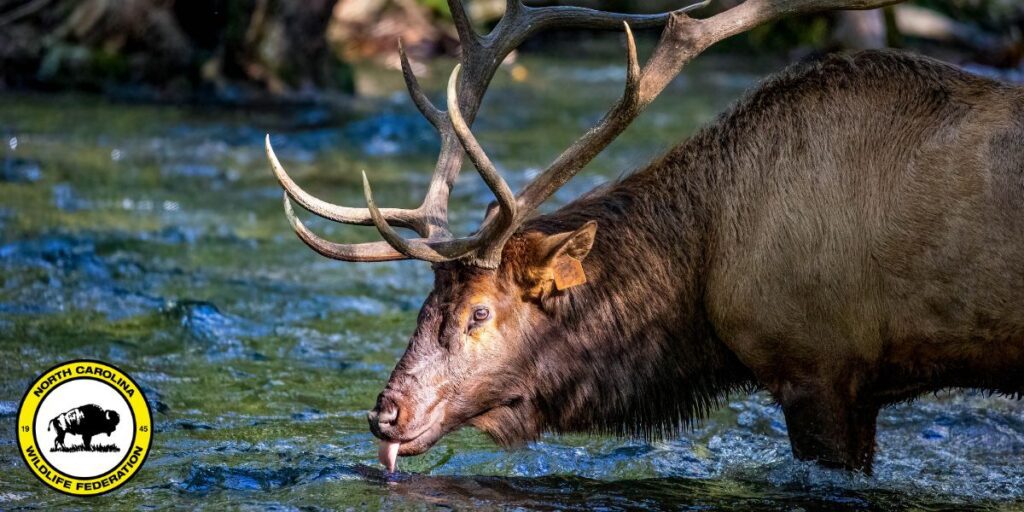
Mountain Waters, Mountain Wildlife: The Fight to Save Western North Carolina’s Stream Ecosystems
North Carolina’s mountain region—spanning 23 counties along the southern stretch of the Appalachian range—is one of the most geologically and biologically diverse landscapes in eastern North America. Rising from the…


